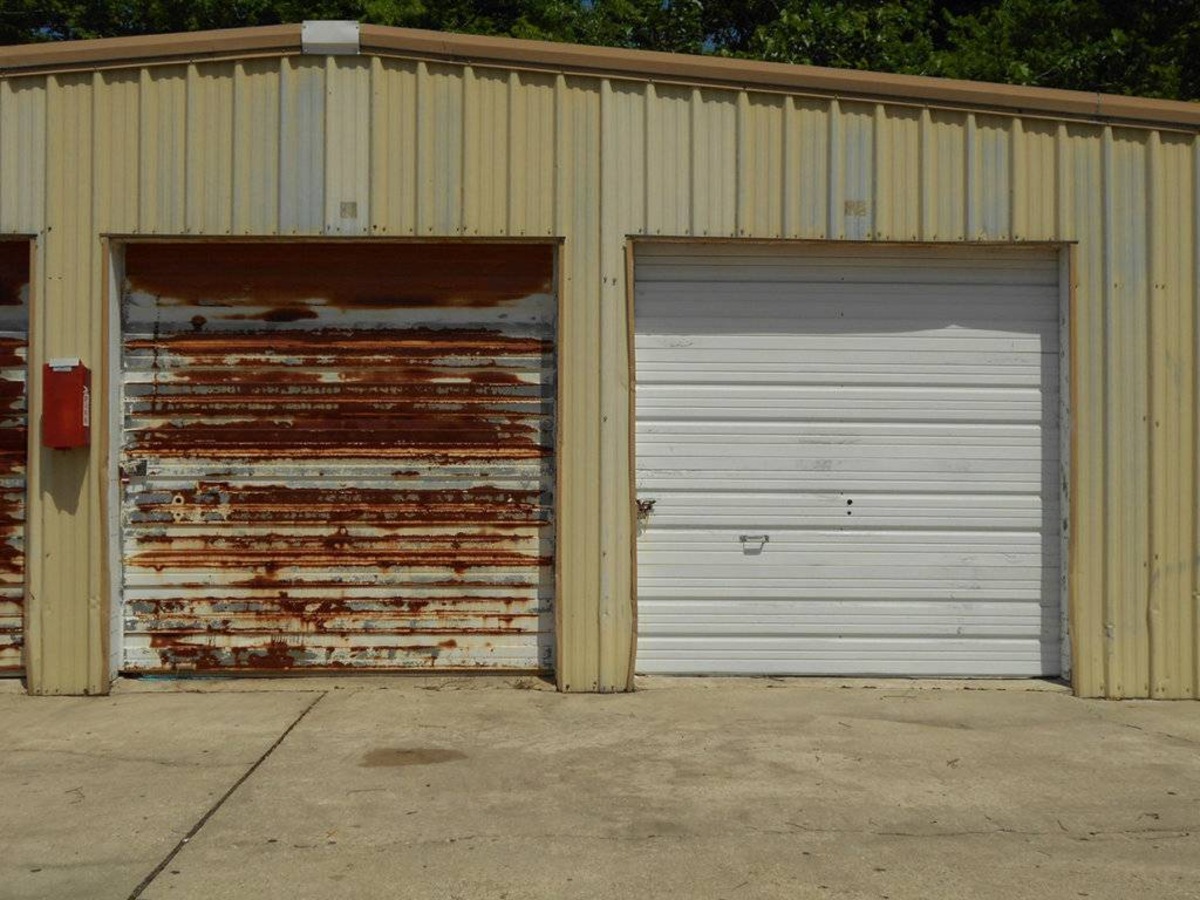

Articles
How To Make Garage Door Rust
Modified: February 23, 2024
Discover effective articles on how to prevent and remove rust from your garage door. Follow these tips to keep your door looking clean and well-maintained.
(Many of the links in this article redirect to a specific reviewed product. Your purchase of these products through affiliate links helps to generate commission for Storables.com, at no extra cost. Learn more)
Introduction
Welcome to this comprehensive guide on how to make your garage door rust-free. Garage doors are constantly exposed to the elements and can develop rust over time. Not only does rust make your garage door look unsightly, but it can also lead to structural damage if left untreated. However, with the right knowledge and tools, you can easily tackle the rust problem and restore the beauty and functionality of your garage door.
In this article, we will walk you through the process of understanding rust on garage doors, assessing the damage, gathering the necessary tools and materials, preparing the garage door, removing existing rust, and applying a rust-resistant coating. We will also provide you with additional steps for preventing rust in the future.
Whether you are a seasoned DIY enthusiast or a beginner looking to take on a new project, this guide will equip you with the knowledge and skills needed to effectively combat rust on your garage door.
So, let’s dive in and learn how to make your garage door rust-free!
Key Takeaways:
- Combat rust on your garage door by understanding the causes, assessing damage, and using the right tools for effective rust removal. Applying a rust-resistant coating and adopting preventative measures will keep your garage door looking pristine.
- Regular maintenance, including cleaning, ventilation, and protective coatings, can significantly reduce the risk of rust formation on your garage door. Follow the outlined steps to enjoy a beautiful, rust-free garage door for years to come.
Read more: How To Make A Garage Door
Understanding Rust on Garage Doors
Rust is a natural process that occurs when iron or steel is exposed to moisture and oxygen. When these two elements come into contact with metal surfaces, they initiate a chemical reaction known as oxidation, which results in the formation of rust. Garage doors, being constantly exposed to the outdoor elements, are particularly susceptible to rust.
Rust not only affects the visual appeal of your garage door, but it can also compromise its structural integrity. If left untreated, rust can weaken the metal, leading to cracks, holes, and eventually, the need for costly repairs or even replacement.
Some common factors that contribute to the development of rust on garage doors include:
- Exposure to rain, snow, and other forms of precipitation
- Humidity and moisture in the air
- Proximity to saltwater or coastal areas
- Poor ventilation in the garage
- Accumulation of dirt, debris, and other corrosive substances
It is essential to regularly inspect your garage door for signs of rust. Look for discoloration, flaking paint, or any rough patches on the surface. Small spots of rust can often be treated easily, but if the rust has spread extensively or there are signs of structural damage, it may be necessary to consult a professional for repairs or replacement.
In the next section, we will guide you through the process of assessing the damage and determining the best course of action to tackle the rust on your garage door.
Assessing the Damage
Before you begin the process of removing rust from your garage door, it is important to assess the extent of the damage. This will help you determine the best approach for treating the rust and ensure that you have the necessary tools and materials required.
Here are the steps to assess the damage:
- Inspect the surface: Carefully examine the entire garage door, paying close attention to any visible signs of rust. Observe the severity of the rust, including the size and depth of the affected areas.
- Check for structural damage: In addition to surface rust, check for any structural damage caused by the rust. Look for cracks, holes, or weakening of the metal. If you notice significant damage, it is recommended to seek professional assistance.
- Determine the type of rust: Rust can appear in different forms, such as light surface rust or deep pitting. Understanding the type of rust will help you choose the appropriate method of removal and treatment.
Based on your evaluation, you can decide whether you can tackle the rust removal yourself or if it requires professional intervention. Minor surface rust can often be successfully treated using DIY methods, while more extensive rust or structural damage may necessitate professional expertise.
Once you have assessed the damage, the next step is to gather the necessary tools and materials for removing the rust and restoring your garage door. We will discuss this in detail in the next section.
Gathering the Necessary Tools and Materials
Before you begin the process of removing rust from your garage door, it is important to gather all the necessary tools and materials. Having the right equipment will make the task easier and more efficient. Here’s a list of the essential tools and materials you will need:
- Protective Gear: It is essential to prioritize your safety while working with rust removal. Gather safety goggles, gloves, and a mask to protect your eyes, hands, and respiratory system from debris and chemicals.
- Wire Brush: A wire brush with stiff bristles is an effective tool for removing loose rust particles from the surface of the garage door. It helps create a clean and smooth base for further treatment.
- Sandpaper or Sanding Block: Depending on the severity of the rust, you may need sandpaper or a sanding block to smooth out rough spots on the surface. Choose different grits of sandpaper for varying levels of rust removal.
- Rust Converter: A rust converter is a chemical solution designed to convert rust into a stable compound, preventing further corrosion. It is recommended for treating deep or stubborn rust areas.
- Primer: A high-quality metal primer is necessary to create a protective layer on the garage door surface before applying the final coat of paint or rust-resistant coating.
- Rust-Resistant Paint or Coating: Choose a rust-resistant paint or coating specifically designed for use on metal surfaces. This will provide long-lasting protection against future rust formation.
- Paintbrushes or Rollers: Depending on your preference, gather paintbrushes or rollers for applying the primer and final coat of paint or coating.
- Drop Cloth or Plastic Sheets: It is important to protect the surrounding area from any drips or splatters during the rust removal and painting process. Lay down a drop cloth or plastic sheets to prevent any damage.
- Clean Cloth or Rag: Keep a clean cloth or rag handy for wiping away debris, excess paint, or spilled chemicals.
By gathering these essential tools and materials, you will be well-prepared to tackle the rust removal process effectively. In the next section, we will guide you through the steps of preparing the garage door for rust removal.
Preparing the Garage Door
Before you start removing rust from your garage door, it is crucial to properly prepare the surface. Preparing the garage door will ensure better adhesion of the rust-resistant coating and improve the overall effectiveness of the treatment. Follow these steps to adequately prepare your garage door:
- Clear the area: Begin by clearing the area around the garage door. Remove any objects, vehicles, or other items that may obstruct your work or get damaged during the process.
- Clean the surface: Use a mild detergent or soap and water solution to clean the garage door thoroughly. Scrub the surface with a soft cloth or sponge to remove dirt, grime, and any loose paint. Rinse off the soap residue and allow the door to completely dry.
- Protect exposed areas: Cover any windows, handles, hinges, or other areas that you do not want to be painted or exposed to the rust treatment. Use painter’s tape or plastic sheets to protect these parts.
- Remove loose rust: Use a wire brush to gently remove any loose rust particles from the garage door surface. Focus on the areas where rust is prevalent, but be cautious not to damage the underlying metal.
- Sand the surface: If there are rough spots or areas with deep rust, use sandpaper or a sanding block to smooth out the surface. Sand until you achieve a smooth and even texture, removing any remaining rust or paint flakes.
- Clean again: After sanding, clean the surface again to remove any dust or debris. Use a clean cloth or rag to wipe away the residue and ensure a clean working surface.
By thoroughly preparing the garage door, you create an optimal foundation for rust removal and coating application. The next step is to remove the existing rust, and we will guide you through that process in the following section.
To prevent garage door rust, regularly clean and lubricate the metal parts with a silicone-based lubricant. Apply a rust-inhibiting primer and paint to any areas showing signs of rust.
Read more: How To Make Garage Door Quieter
Removing Existing Rust
Once you have prepared the surface of the garage door, the next step is to remove the existing rust. There are several methods you can use to effectively eliminate rust from the metal surface. Here’s a step-by-step guide on how to remove rust from your garage door:
- Apply rust remover: Apply a rust remover or rust dissolver product to the affected areas according to the manufacturer’s instructions. These products are designed to break down and dissolve rust, making it easier to remove.
- Scrub with a wire brush: Use a wire brush to scrub the rusted areas vigorously. The wire bristles will help loosen and remove the rust from the surface. Work in small, circular motions, focusing on the most heavily rusted spots.
- Repeat if necessary: Depending on the severity of the rust, you may need to repeat the previous steps multiple times. Stubborn rust spots may require additional applications of rust remover and thorough scrubbing to completely eliminate the rust.
- Rinse the surface: Once all the rust has been removed, rinse the garage door surface thoroughly with water. This will help wash away any residual rust remover and ensure a clean working surface.
- Dry the door: Allow the garage door to fully dry before proceeding to the next step. Any moisture left on the surface can hinder the effectiveness of the rust-resistant coating.
After following these steps, you should notice a significant improvement in the appearance of your garage door. However, it is important to note that if there is considerable damage or deep pitting on the metal surface, complete rust removal may not be possible. In such cases, professional repair or replacement may be necessary.
Now that you have successfully removed the existing rust, it’s time to protect your garage door from future rust formation. In the next section, we will discuss how to apply a rust-resistant coating for long-lasting protection.
Applying Rust-Resistant Coating
After successfully removing the rust from your garage door, it is essential to apply a rust-resistant coating to prevent future corrosion. A rust-resistant coating acts as a barrier, protecting the metal surface from moisture and oxygen. Here’s a step-by-step guide on how to apply a rust-resistant coating to your garage door:
- Choose the right product: Select a high-quality rust-resistant coating designed specifically for metal surfaces. Look for coatings that provide long-lasting protection against rust and are suitable for outdoor use.
- Prepare the coating: Mix or shake the coating according to the manufacturer’s instructions. Make sure it is well-mixed and ready for application.
- Apply the first coat: Using a paintbrush or roller, apply a thin and even coat of the rust-resistant coating to the entire surface of the garage door. Start from the top and work your way down, ensuring complete coverage of all exposed metal areas.
- Allow drying time: Follow the manufacturer’s recommended drying time before applying additional coats. This may vary depending on the specific product you are using.
- Apply additional coats (if necessary): Depending on the level of protection needed and the instructions provided by the manufacturer, you may need to apply multiple coats of the rust-resistant coating. Ensure each coat is dry before applying the next one.
- Clean up: Clean your brushes or rollers promptly after use, following the manufacturer’s guidelines. Dispose of any leftover coating or empty containers responsibly.
Applying a rust-resistant coating will not only protect your garage door from future rust formation but also enhance its aesthetic appeal. It acts as a durable shield, prolonging the life of your garage door and reducing the need for frequent maintenance.
Remember to choose a rust-resistant coating that is compatible with the paint or finish you plan to apply on top for a finished look. Now that you have successfully applied the rust-resistant coating, let’s explore some additional steps you can take to prevent rust formation in the future.
Additional Steps for Prevention
While removing existing rust and applying a rust-resistant coating are effective ways to combat rust on your garage door, taking preventative measures can significantly reduce the likelihood of rust formation in the first place. Here are some additional steps you can take to prevent rust and keep your garage door looking its best:
- Maintain cleanliness: Regularly clean your garage door to prevent the accumulation of dirt, debris, and corrosive substances. Use a mild detergent or soap and water solution to gently scrub the surface, paying attention to any corners or crevices where dirt may build up.
- Ensure proper ventilation: A well-ventilated garage helps minimize humidity and moisture, which are catalysts for rust formation. Install proper ventilation systems, such as vents or fans, to encourage airflow and prevent the buildup of moist air.
- Apply wax or protective coatings: Regularly apply a coat of wax or protective coating to your garage door to provide an additional layer of defense against moisture and oxidation. This helps to maintain the integrity of the surface and prolong its lifespan.
- Keep the surroundings clean: Clear any vegetation, branches, or debris that may come into contact with your garage door. Leaves, twigs, and other organic matter can trap moisture against the surface and contribute to rust development.
- Inspect and repair promptly: Regularly inspect your garage door for any signs of damage, including scratches, dents, or peeling paint. Address these issues promptly to prevent the exposure of bare metal, which is more susceptible to rust.
- Touch up paint: If you notice any areas where the paint on your garage door is chipped or scratched, touch them up with matching paint as soon as possible. Paint acts as a protective barrier and helps prevent rust from forming on the exposed metal.
By adopting these preventative measures and incorporating them into your regular maintenance routine, you can significantly reduce the risk of rust formation on your garage door and extend its lifespan.
Now that you have a comprehensive understanding of how to make your garage door rust-free, it’s time to put these steps into action. Follow the outlined processes and enjoy a beautiful, rust-free garage door for years to come!
Conclusion
Congratulations! You have reached the end of this comprehensive guide on how to make your garage door rust-free. By understanding the process of rust formation, assessing the damage, and following the steps outlined in this article, you now have the knowledge and skills needed to effectively tackle rust on your garage door.
Remember, rust is not just an aesthetic issue but can also lead to structural damage if left untreated. Regular maintenance, rust removal, and applying a rust-resistant coating will help keep your garage door looking its best and prevent further corrosion.
Throughout this guide, we covered various topics, including understanding rust on garage doors, assessing the damage, gathering the necessary tools and materials, preparing the garage door, removing existing rust, applying a rust-resistant coating, and additional steps for prevention.
By following these steps and incorporating preventative measures into your routine maintenance, you can ensure the longevity and functionality of your garage door while significantly reducing the risk of rust formation.
Remember, safety should always be a priority when working with rust removal products and tools. Wear protective gear and follow all manufacturer’s instructions for the products used.
We hope that this guide has equipped you with the necessary knowledge and resources to successfully make your garage door rust-free. Say goodbye to unsightly rust and welcome a fresh and well-maintained garage door.
Thank you for reading, and best of luck in your rust removal and prevention endeavors!
Frequently Asked Questions about How To Make Garage Door Rust
Was this page helpful?
At Storables.com, we guarantee accurate and reliable information. Our content, validated by Expert Board Contributors, is crafted following stringent Editorial Policies. We're committed to providing you with well-researched, expert-backed insights for all your informational needs.
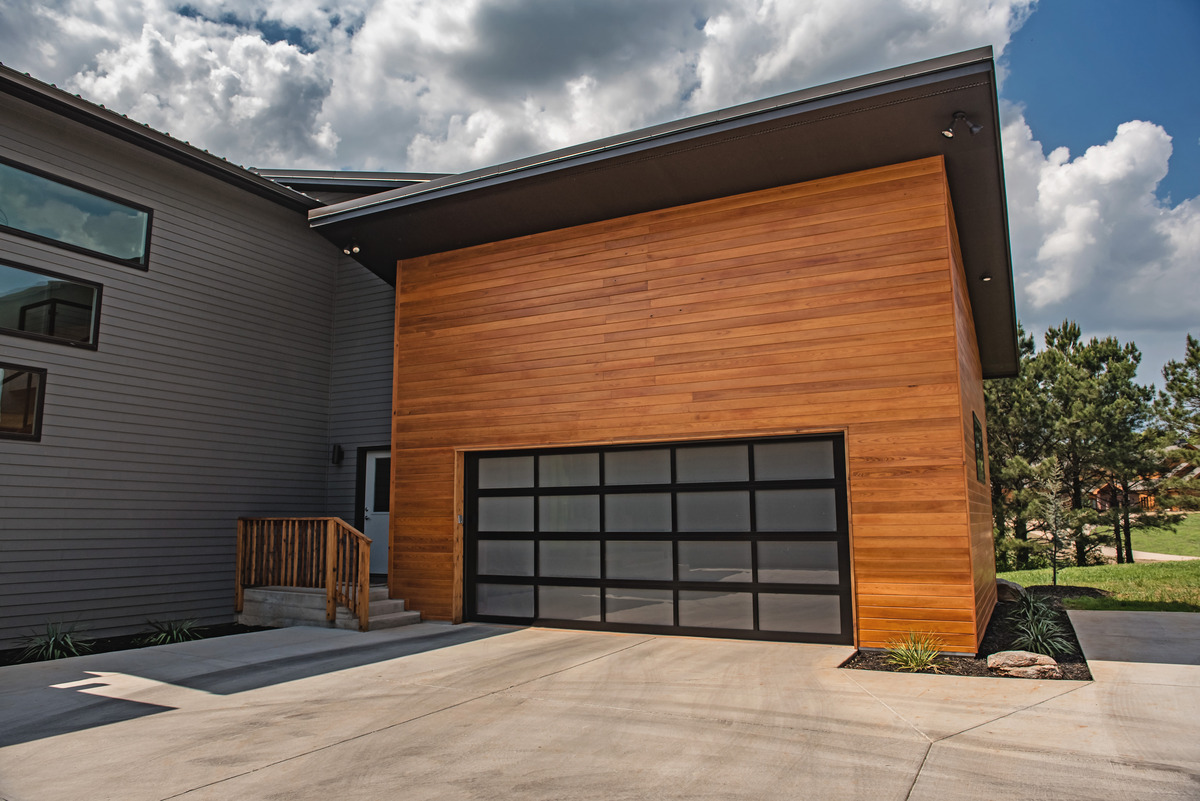

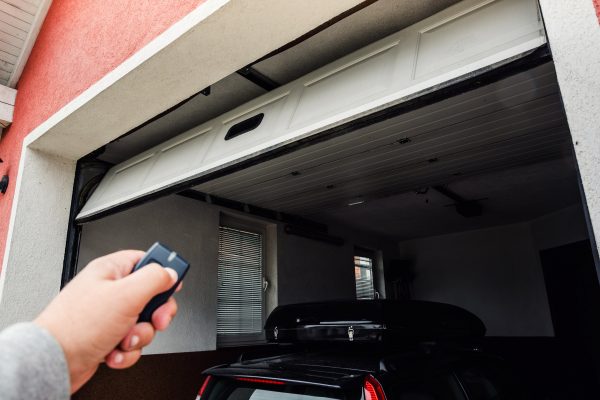
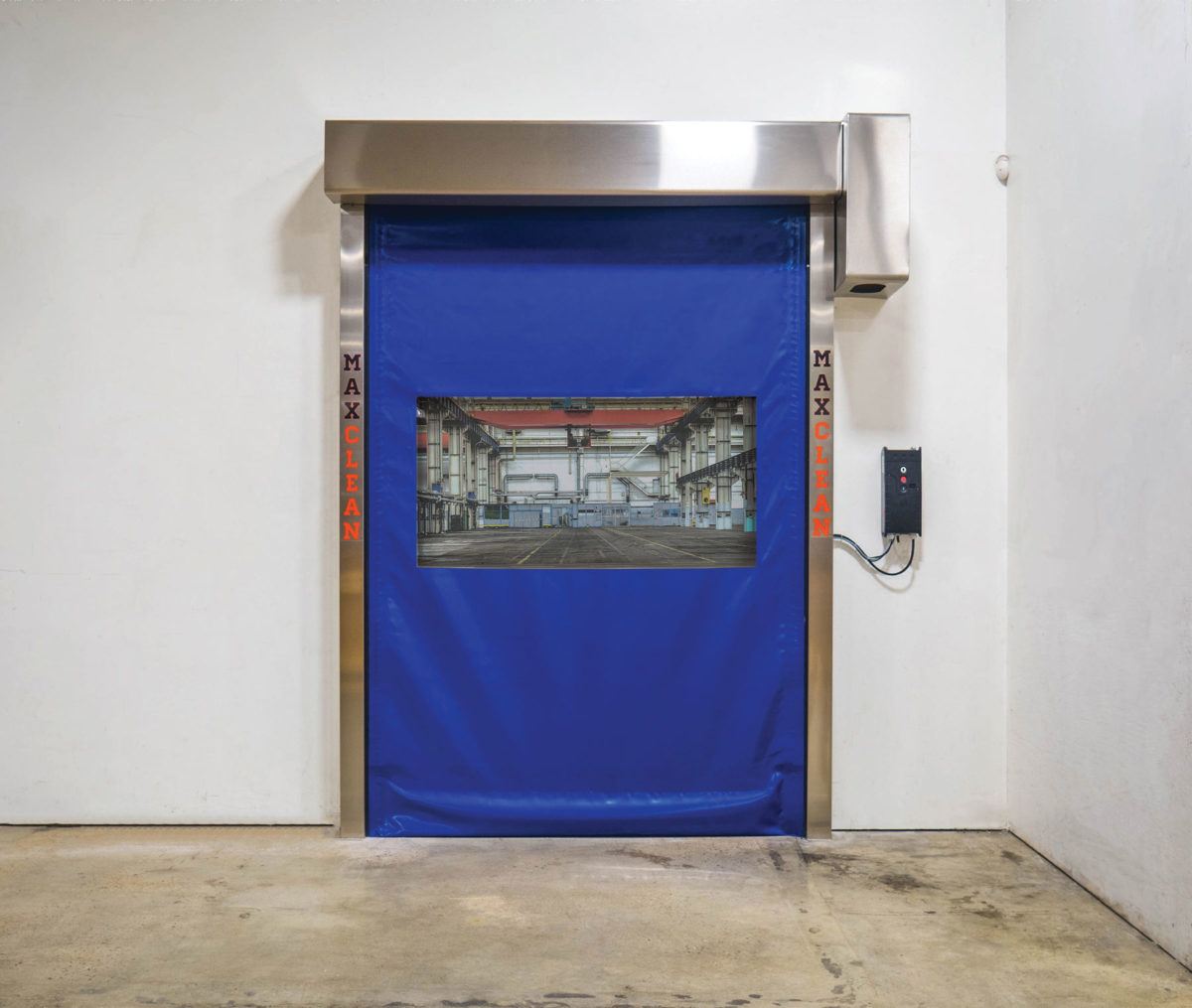
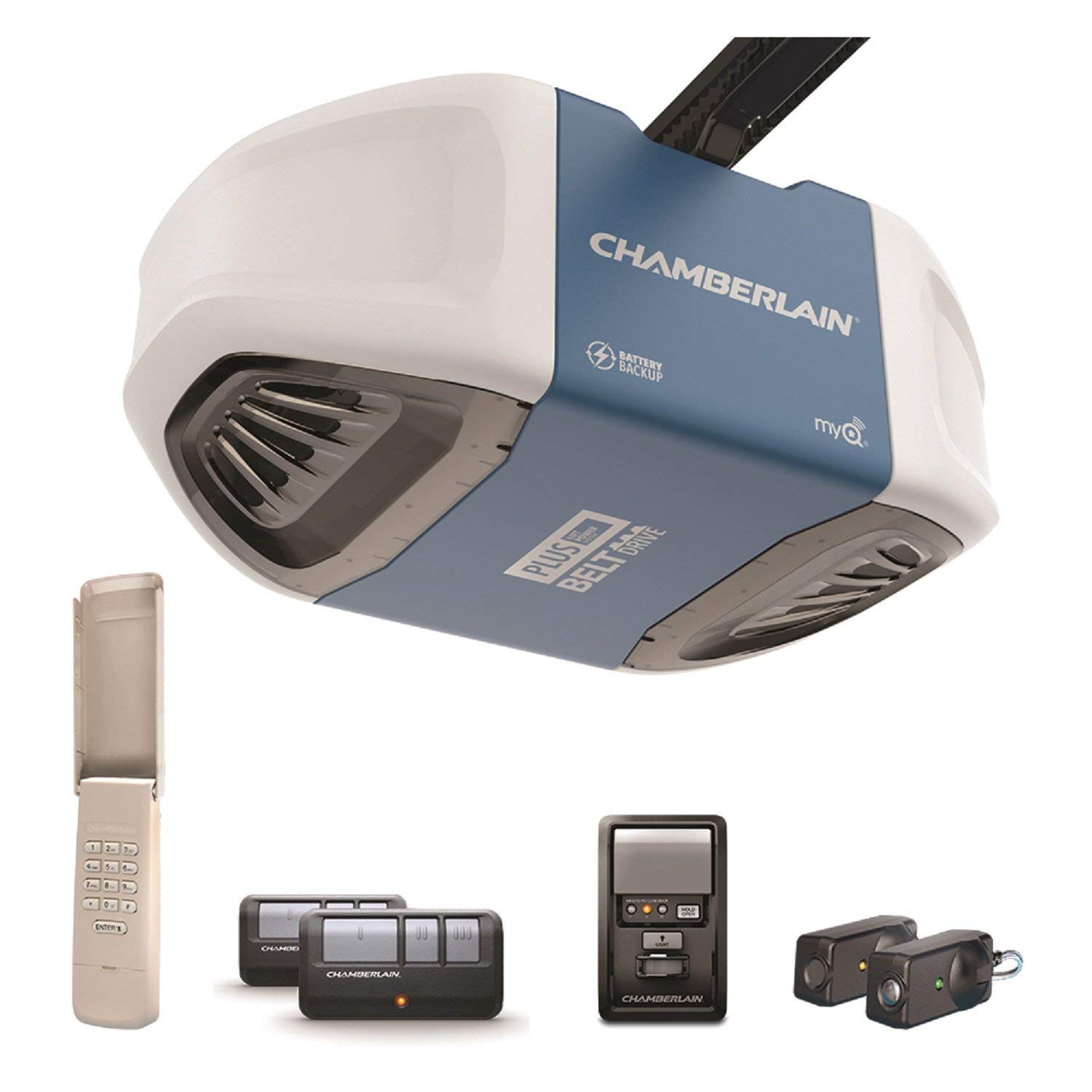
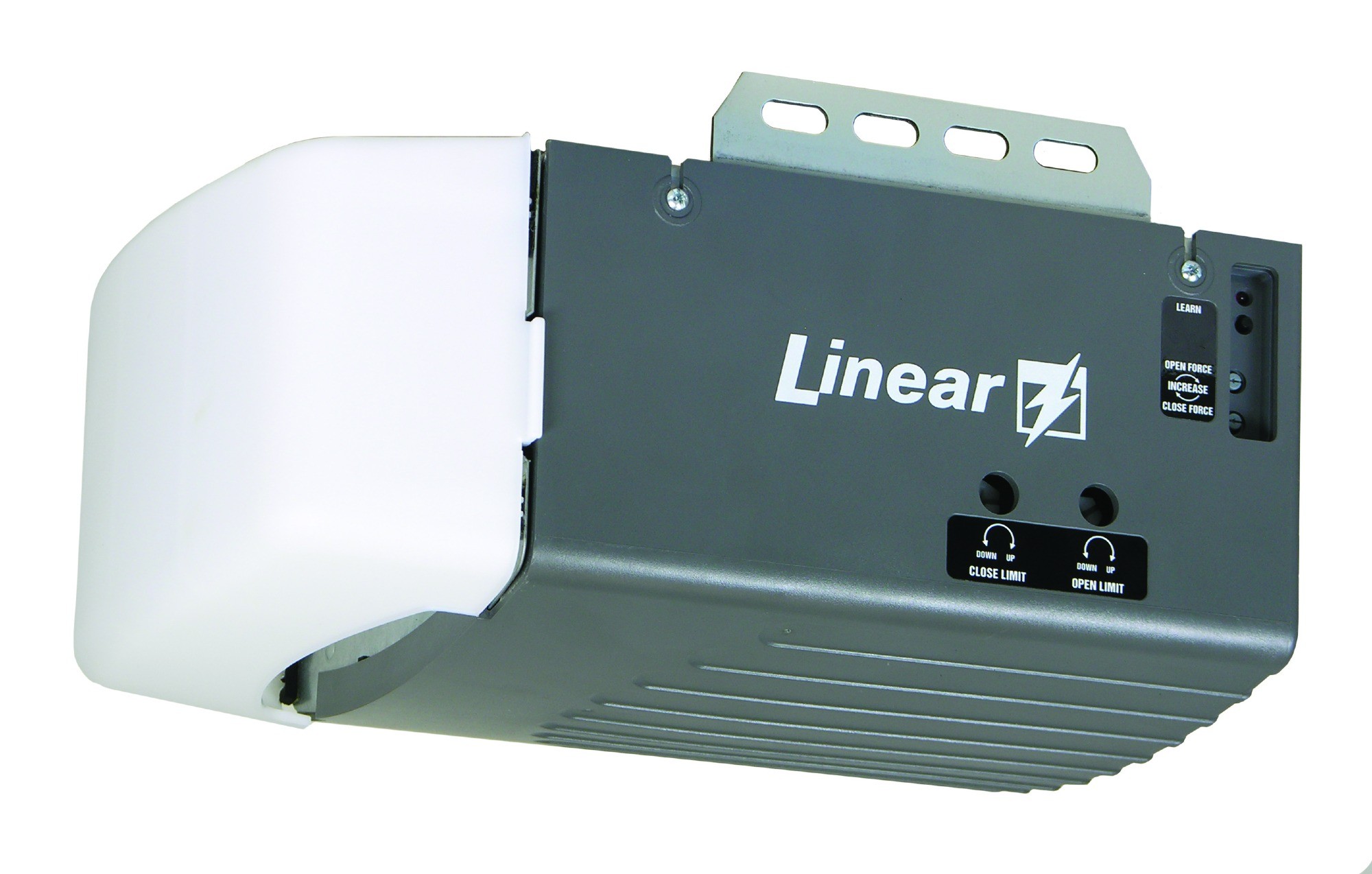
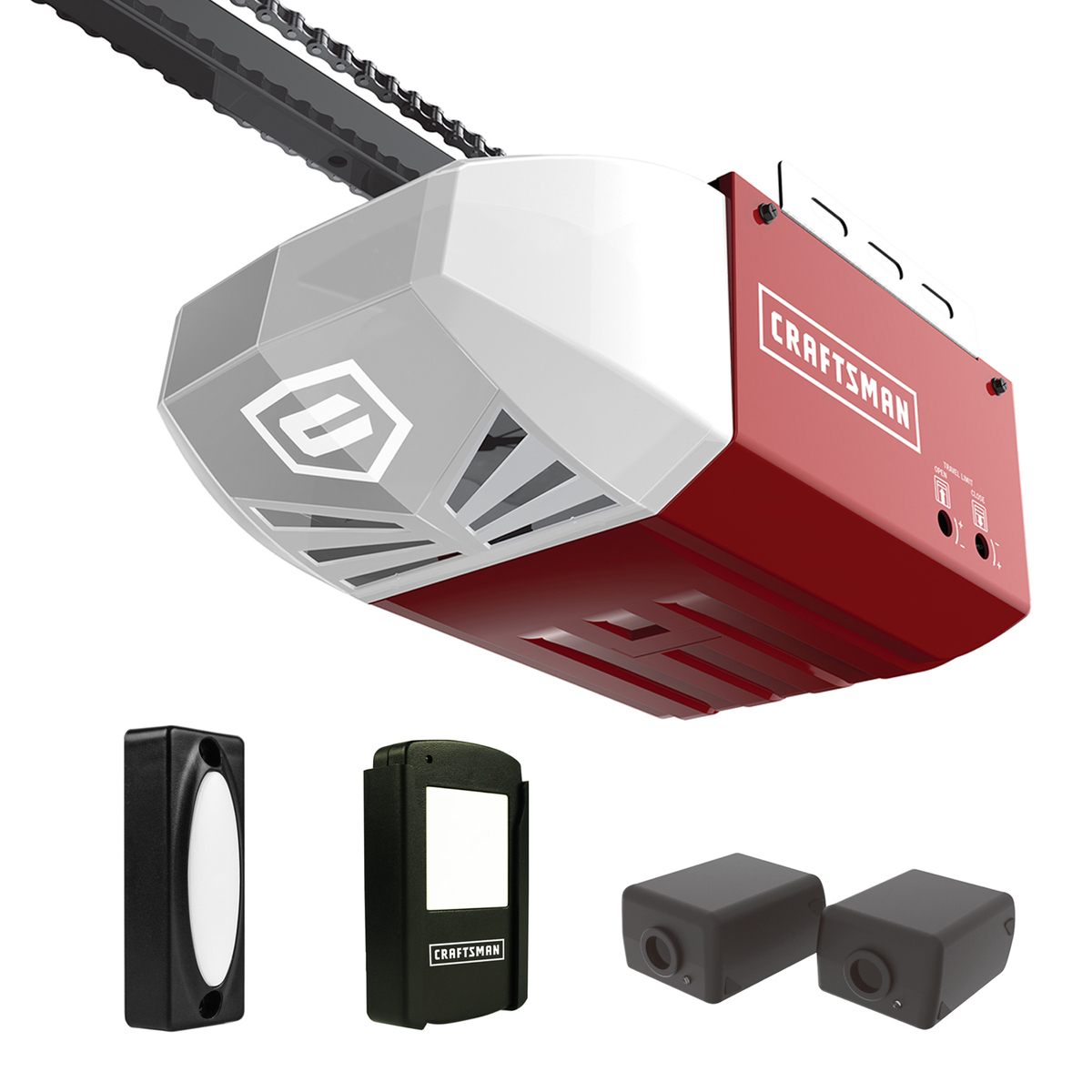
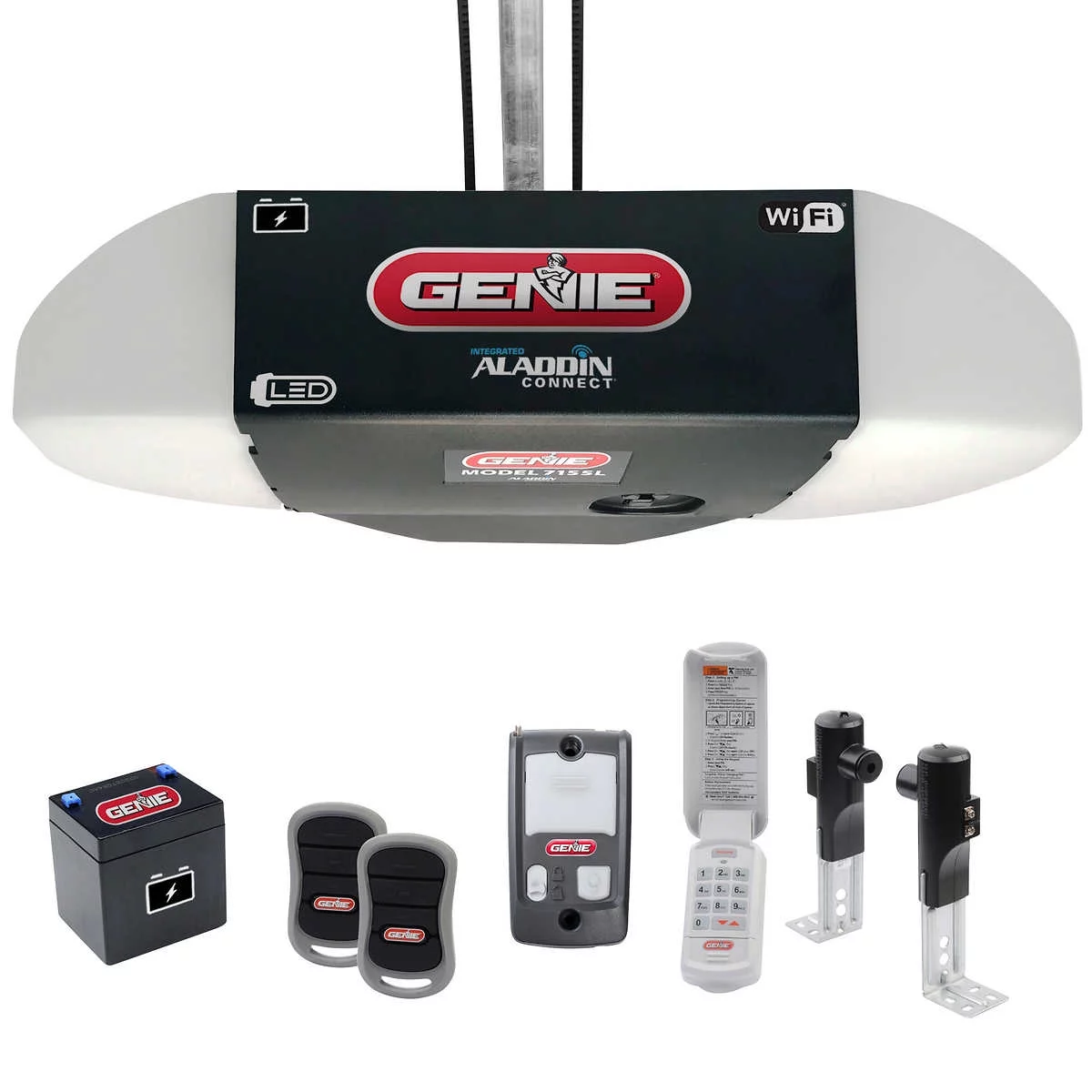
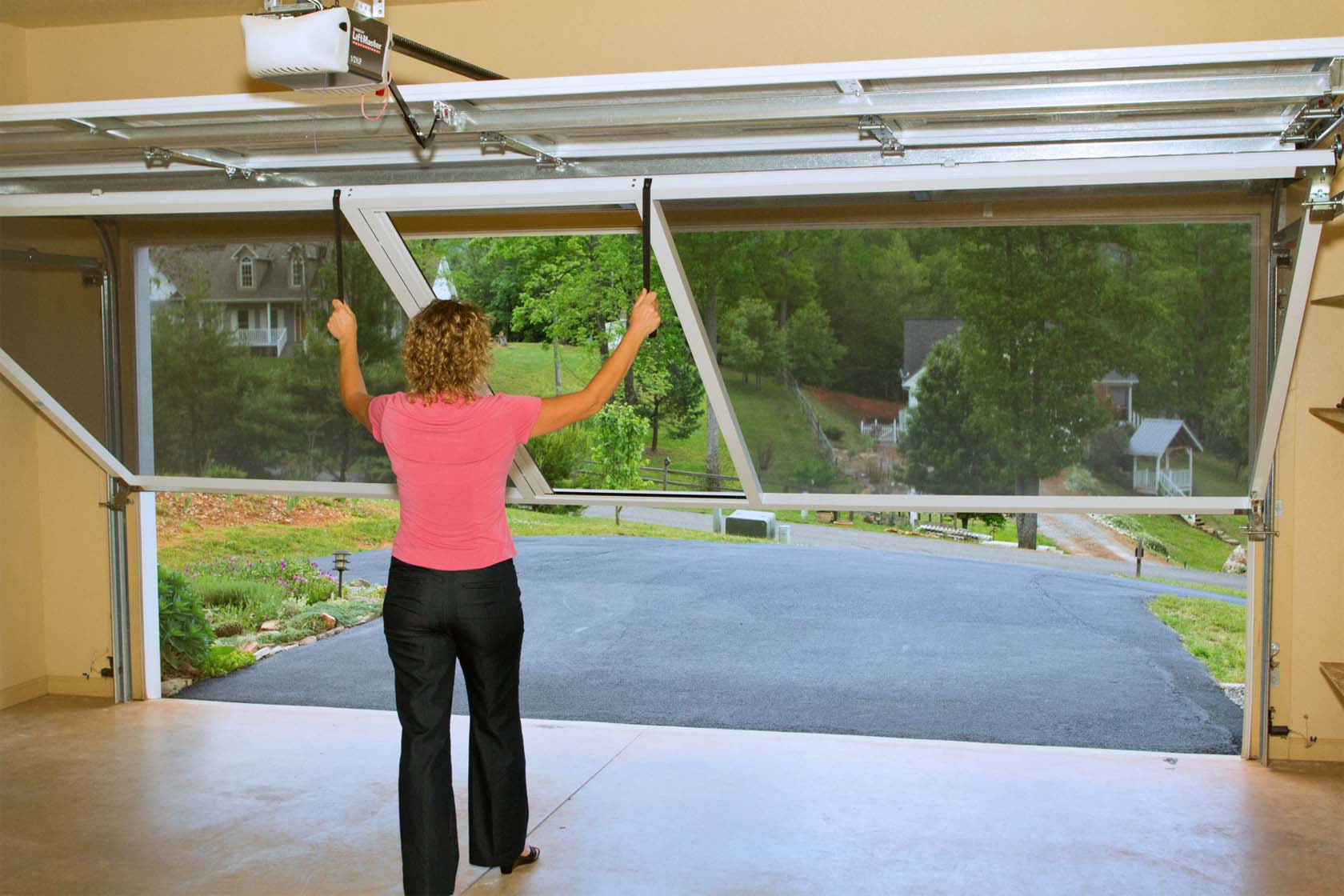
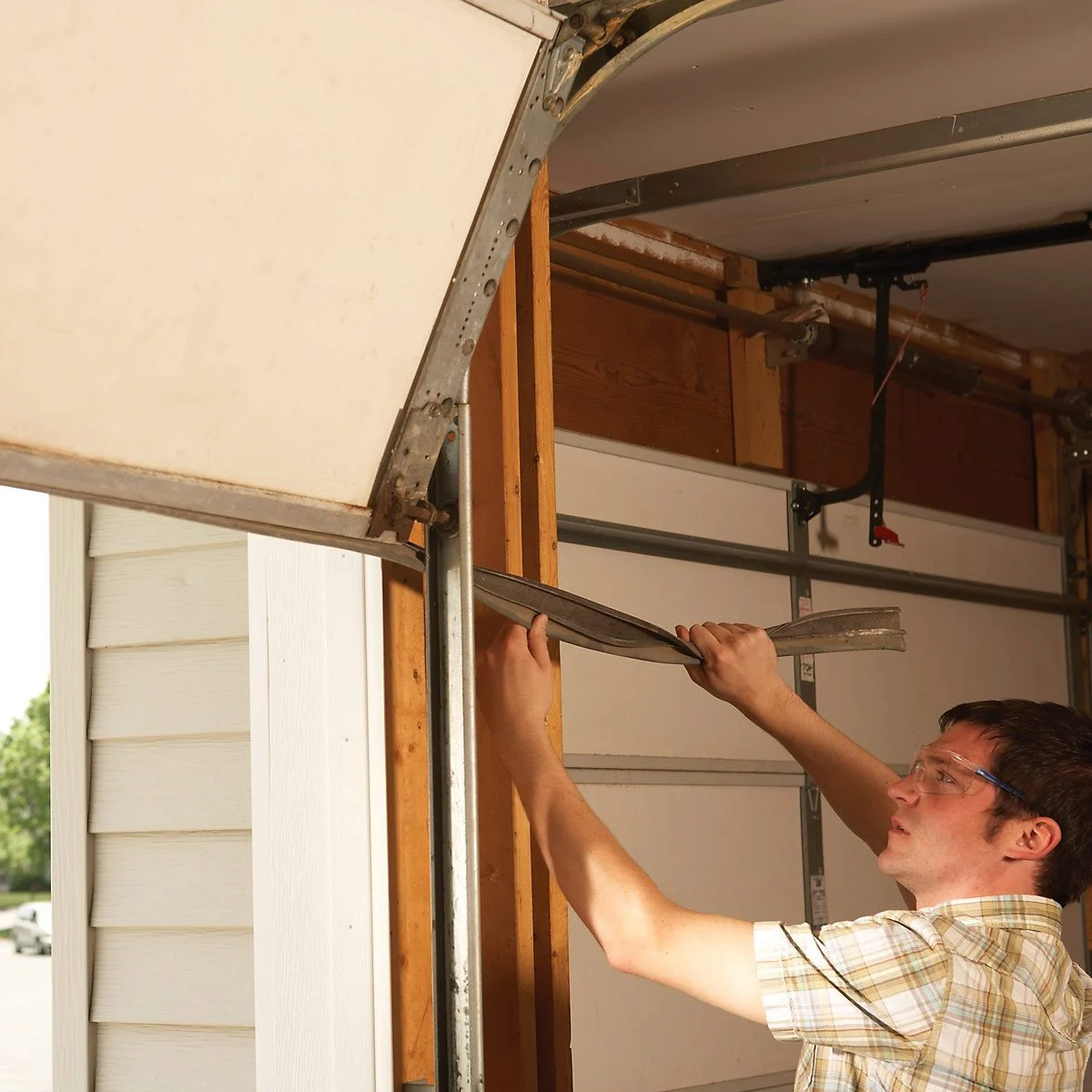
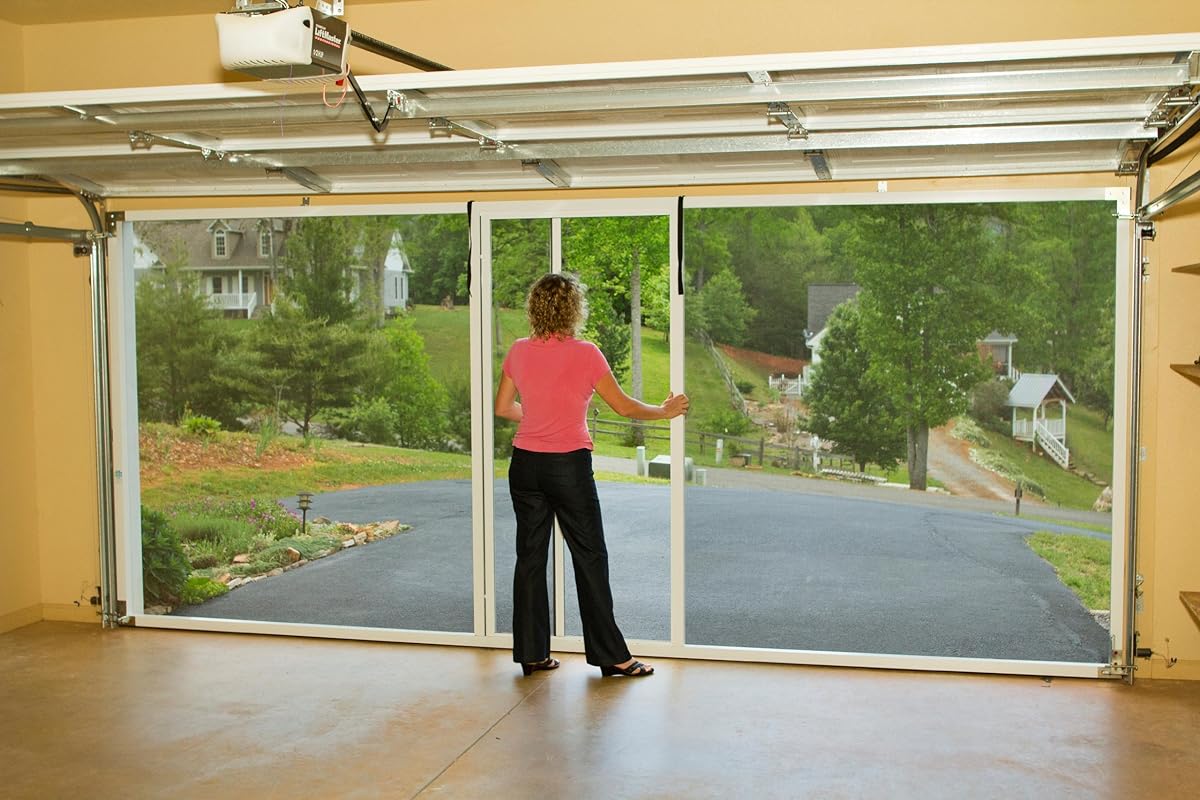
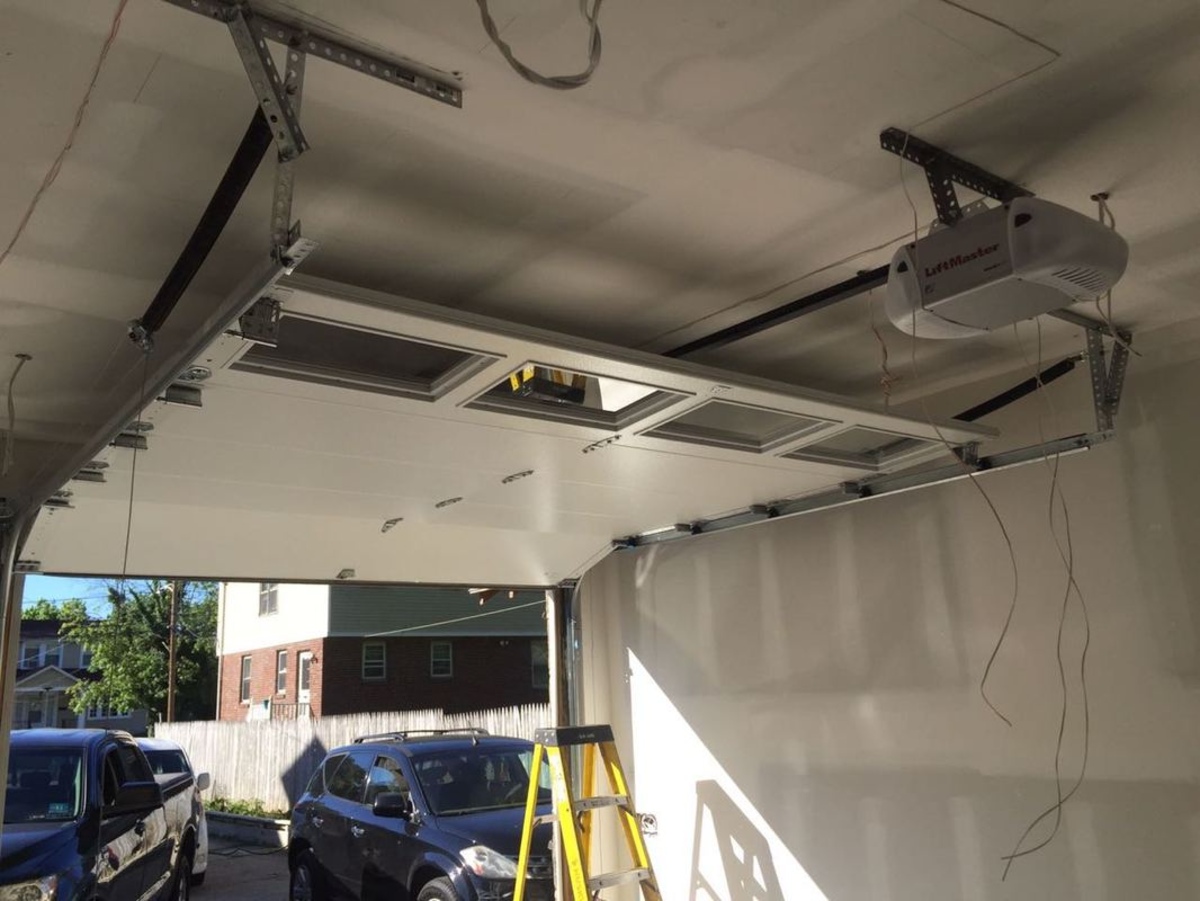
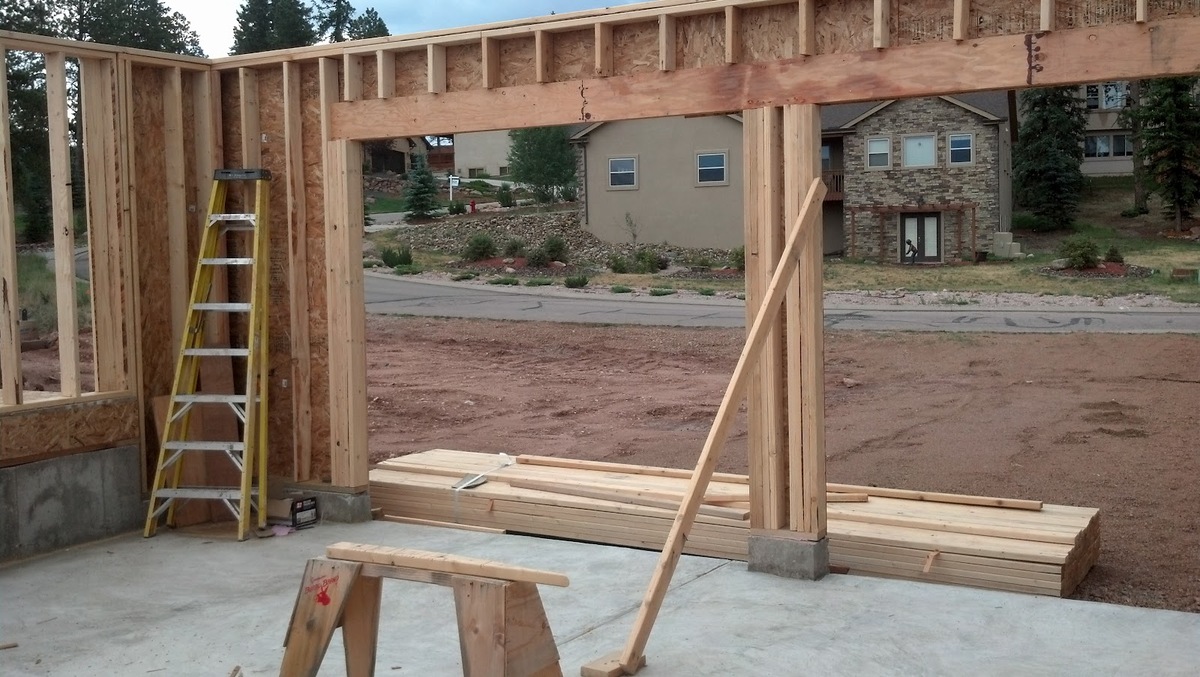
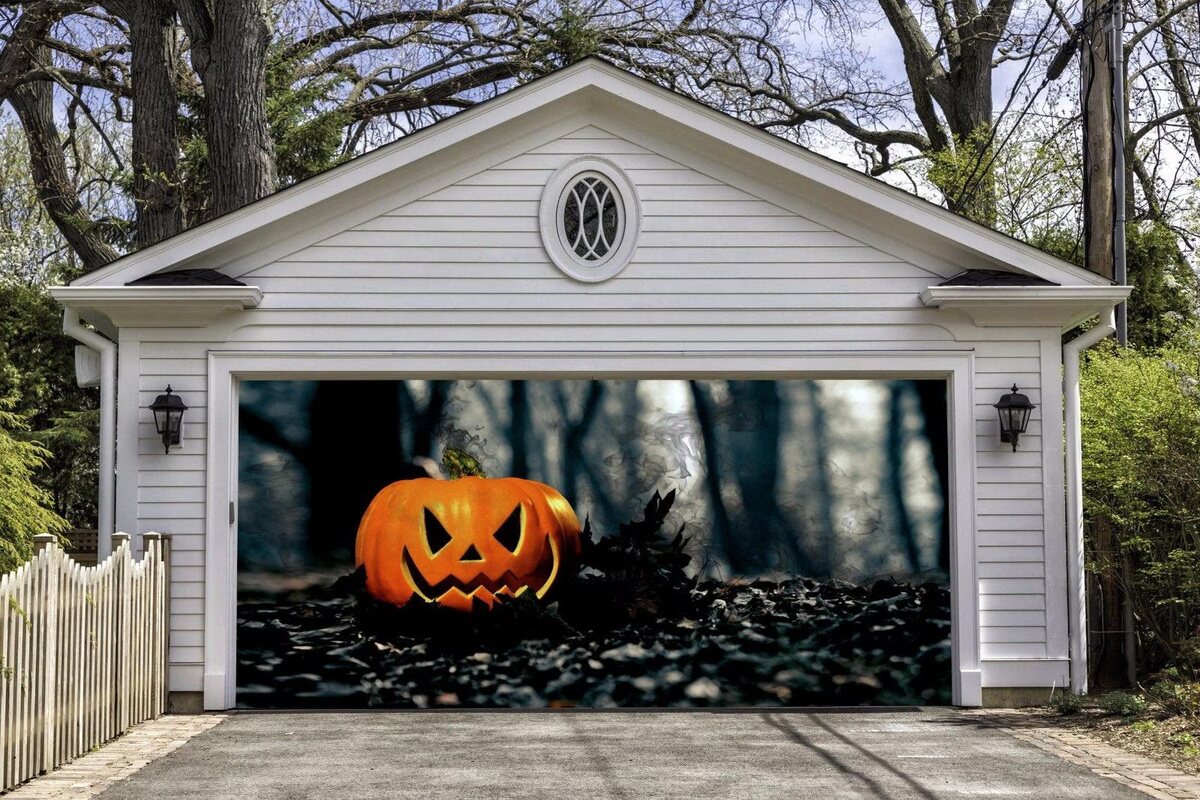

0 thoughts on “How To Make Garage Door Rust”